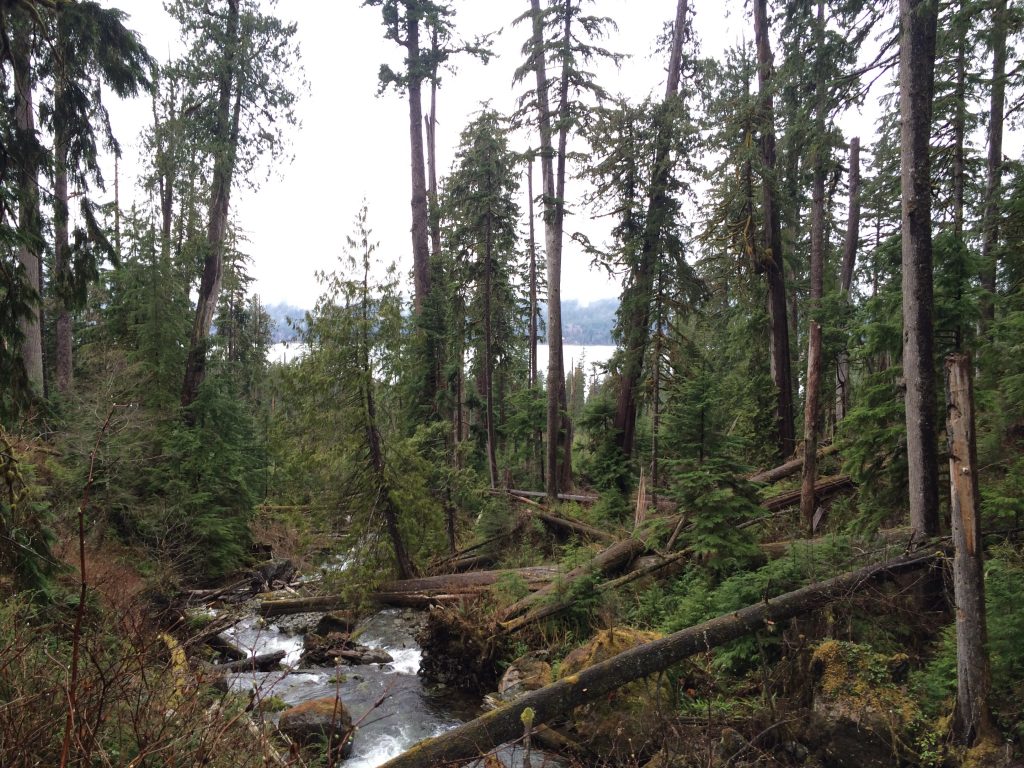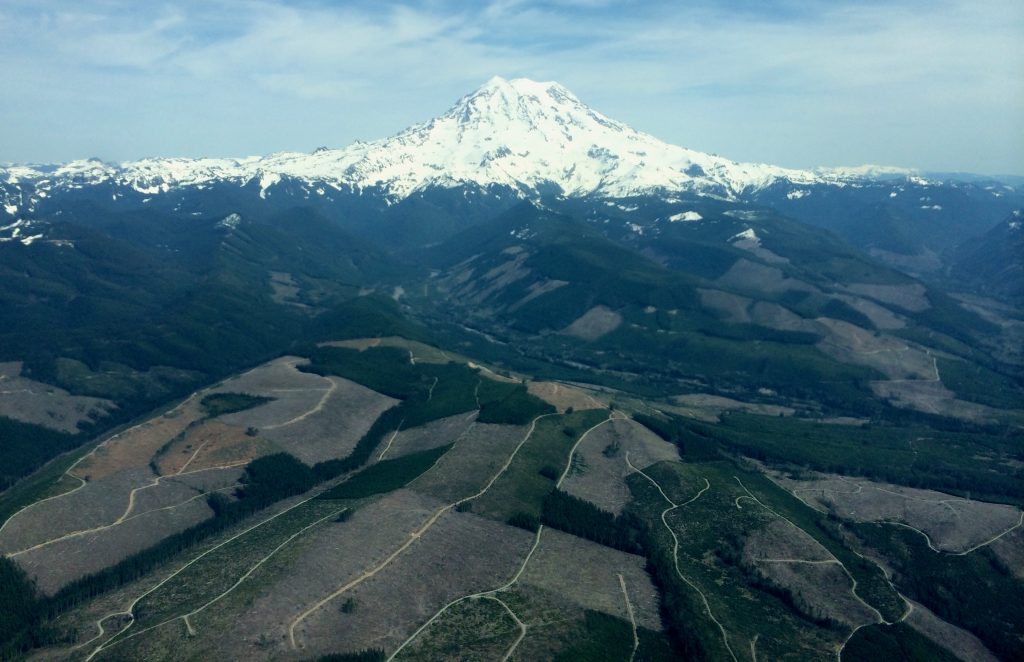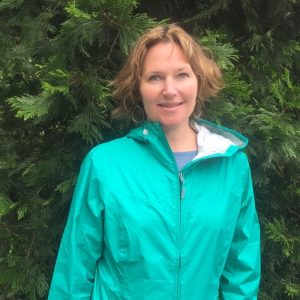- Everything announced at Apple's WWDC 2025 keynote: Liquid Glass, MacOS Tahoe, and more
- The FPGA turns 40. Where does it go from here?
- You can dismiss Apple Watch notifications with a flick of your wrist now
- Shortcuts is the best Apple app you're not using - and iOS 26 makes it even more powerful
- Every Apple Watch that will get WatchOS 26 (and which models won't be supported)
Learning from technology to restore and protect forests

International Girls in ICT Day is a global movement encouraging girls and young women to pursue science, technology, engineering, art and math (STEAM) education and careers.
Cisco hosts events through our Women Rock-IT program, which began in 2014 and has seen more than two million participants, with over half enrolling in one of our Cisco Networking Academy courses as a result.
On Girls in ICT Day, we heard from women who are working on critical environmental issues like climate change and learned how developing digital skills now can help protect our planet! You can find past episodes in our on-demand library.
This is a guest blog from one of our speakers, Brent Davies, President of VP Data Commons. Brent has 25 years of experience in forest restoration and protection, leading multiple collaborations of public-private-Tribal entities to identify shared priorities, develop long-term, science-based strategies, secure resources, and implement targeted conservation solutions. She has co-created a series of ecosystem service finance opportunities for climate-smart land managers; these include a tropical butterfly farm, certified timber cooperative, carbon offset methodology, watershed restoration fund, and Tribal forest bank. Brent’s work involves integrating data and technology in applied conservation projects and expanding access to new technologies for underserved landowners.
The scale of need for forest restoration and protection today means that technology is central to our success. Yet it was not always so, as my winding career demonstrates.
I grew up in Portland, Oregon hiking the trails of nearby Mt. Hood National Forest and exploring the City’s arboretum on weekends. This is where I first learned how quickly our forests were disappearing and how we could take action in our forests at home to help slow and even reverse the devastation.
I started my career far from the technology-centered data commons I lead today. Working for the Xerces Society and the Zoological Society of San Diego, I started out teaching a group of women how to raise and sell butterfly pupae for profit at the mouth of the Rio Colorado River that enters the Caribbean on the border of Nicaragua and Costa Rica. We did not use much high tech but did create a successful butterfly farm that generated income for the women’s cooperative that ran the farm and split the proceeds with the adjacent school.
Realizing that tropical butterfly conservation may not directly translate into a job back home in the Pacific Northwest, I went to graduate school to study Forest Ecosystem Analysis at the University of Washington. That’s where I first experienced how powerful technology combined with forest science can be! Students and faculty were using new modeling software to predict the state of forest health under a variety of management and climate scenarios. Yet, we were still using Mylar plastic sheets on top of topographical maps to sketch watershed restoration projects. Low-tech indeed.

Then I went to work for a community group focused on environmental education and salmon habitat restoration at the mouth of the Columbia River—another rural area dependent on forests. There, I learned how to incorporate fish and wildlife population data to identify priorities for habitat restoration and protection. Where do we find juvenile Coho and Chinook salmon, for example, and how do we extend protections from their “anchor habitats” up to the ridge tops? Current and historic satellite, Lidar along with ground-truthed and collected data is how I answered these questions.

A watershed moment
As I worked on larger watersheds, I learned to use data science and to partner with experts in computer modeling. We started prioritizing the scarce resources of my nonprofit organization and targeted our efforts in the places that would have the most impact on threatened and endangered species and rural economies. We overlapped dozens of data layers to map areas and find strategies that would, for example, increase local jobs while improving salmon productivity.
When we collected the data and did the calculations per county, we found that for every million dollars invested in watershed restoration, an average of 19 jobs were created, compared to an average of 5 jobs for every million dollars invested in the oil and gas sector.

Larger landscapes
As I shifted my focus to larger landscapes, my work centered on the historical, current, and potential carbon sequestration and storage capacity of regional forests. We saw the potential for so much additional carbon storage in forests, especially if we were able to shift away from the dominant industrial style of management. By lengthening the time between harvests (known as harvest rotations), we found that forests can store substantially more carbon while still delivering wood to the market. We wrote the first Improved Forest Management methodology for carbon offsets (Verra’s VM0003) that focuses on extending harvest rotations and includes a requirement for additional oversight by the Forest Stewardship Council. Given the recent controversy over forest carbon offsets, requiring an extra, internationally respected oversight of any credits issued feels like the right decision to have made more than a decade ago.
Now we can use remote sensing technology to monitor and verify forest carbon offset, restoration, and protection claims. We track and quantify the degradation of forest loss and forest recovery over time using satellite technology. We are daylighting the current leadership of Native American Tribes using technology to quantify timber outputs, carbon storage, and ecosystem impact over time compared to neighboring state, federal, and private forests.

After 150 years of excluding Indigenous stewardship—on top of decades of fire suppression and intensive natural resource extraction—many forests in the western United States are highly susceptible to wildfire and other devastating impacts. The analysis we conducted, built on the underlying satellite and analytical technology, makes the case for Indigenous stewardship to protect and restore forests.
Yet as forest restoration has become more sophisticated, the associated data management, curation, and analysis have not kept pace. Finding and accessing data and filling gaps for scientific research and planning for ecosystem health and resilience is currently an arduous, often multi-year task. Data is housed in multiple locations, collected according to different standards, and at different temporal and geographic scales. This lack of easy-to-access, consistent, conformed, transparent, current data is an impediment to addressing ongoing and worsening climate change by slowing restoration initiatives and impeding innovation in the natural climate solutions space.
Data integrity and accessibility
That’s why I’m now focused on sharing the best and most reliable data on forest and watershed health and making it easily accessible from the VP Data Commons platform. By providing relatable examples of the applied use of data and immersive educational experiences that help connect people to forests, we will reach new audiences and inspire more action and support for forest restoration and protection.
From cultivating butterflies in tropical forests to leading a high-tech data commons, my career path has followed a long arc. Through that time, one central point has emerged clearly:
The scale of need for forest restoration and protection today puts technology at the center, to help forest stewards prioritize scarce resources, move more quickly, and have a greater positive impact.
Share:

